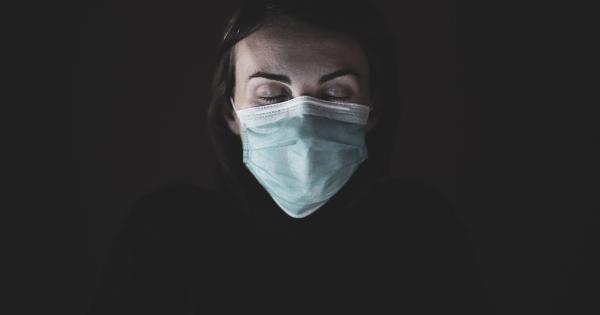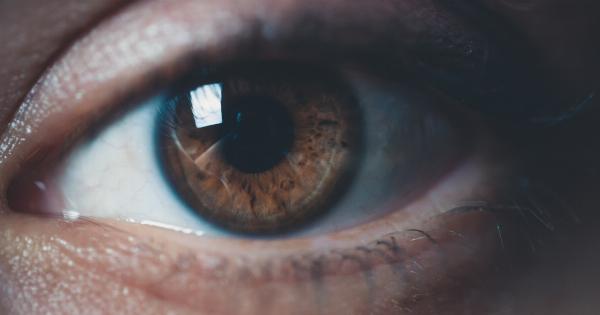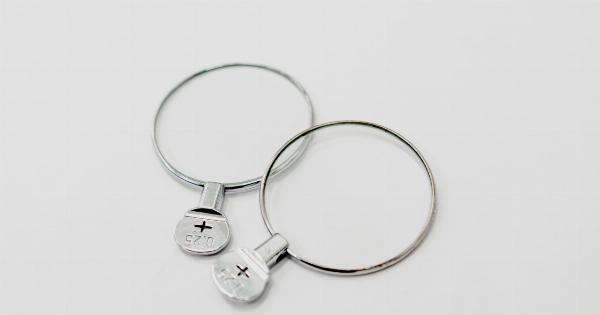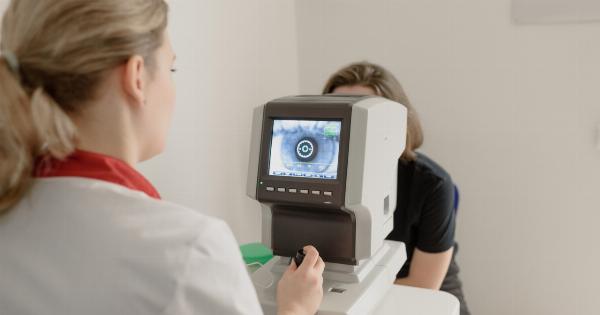Myopia, also known as nearsightedness, is a common eye condition where objects in the distance appear blurry while those up close can be seen clearly.
It occurs when the eyeball is too long or the cornea is too curved, causing light to focus in front of the retina instead of directly on it. While myopia is typically corrected with prescription glasses or contact lenses, a more severe form of the condition known as dangerous myopia can lead to irreversible vision loss and blindness if left untreated.
Understanding Myopia
Myopia is one of the most prevalent vision problems worldwide, affecting about 30% of the global population. The condition often emerges in childhood and tends to worsen during the teenage years.
While the exact cause of myopia is not fully understood, both genetic and environmental factors are believed to play a role. Studies suggest that spending excessive time indoors, particularly engaging in activities that require close-up focus like reading or using digital screens, can contribute to the development and progression of myopia.
The Dangers of High Myopia
Dangerous myopia, also called pathological or degenerative myopia, refers to a severe form of nearsightedness that can lead to significant vision impairment and other eye complications.
Unlike typical myopia, which stabilizes once a person reaches adulthood, dangerous myopia continues to progress throughout life. This progression puts individuals at a higher risk of developing sight-threatening conditions like cataracts, glaucoma, and retinal detachment.
Blindness: The Ultimate Consequence
Untreated or inadequately managed dangerous myopia can lead to permanent vision loss and blindness. As the eyeball grows longer with progressive myopia, the structural changes in the eye become more pronounced.
These changes increase the risk of various eye problems that can result in severe visual impairment.
Retinal Detachment
One of the most severe complications associated with dangerous myopia is retinal detachment.
This occurs when the retina, the thin layer of tissue at the back of the eye responsible for capturing light and sending visual signals to the brain, detaches from the underlying supportive layers. As a result, the retina loses its blood supply and nutrients, leading to permanent vision loss if not promptly treated with surgery.
Retinal Tears and Holes
In dangerous myopia, the stretching and thinning of the retina increase the likelihood of developing retinal tears and holes. These abnormalities can cause blurry or distorted vision and may progress to retinal detachment if left untreated.
Myopic Macular Degeneration
Another complication associated with dangerous myopia is myopic macular degeneration. The macula is the central part of the retina responsible for sharp, detailed vision.
In individuals with myopic macular degeneration, the macula progressively deteriorates, leading to significant central vision loss. Unfortunately, there is currently no cure for this condition, and treatment focuses on managing the symptoms and slowing down disease progression.
Increased Risk of Glaucoma
People with dangerous myopia are also at a higher risk of developing glaucoma, a condition characterized by damage to the optic nerve, which carries visual information from the eye to the brain.
The elongation and structural changes in the eye associated with myopia can interfere with the normal flow of fluid in the eye, leading to increased intraocular pressure and ultimately damaging the optic nerve.
Cataracts and Myopia
Cataracts, a clouding of the eye’s natural lens, are more common in individuals with myopia, particularly those with high myopia.
The increased risk of cataracts may be attributed to various factors such as the longer axial length of the eye and the potential accumulation of certain metabolic by-products associated with myopia.
Prevention and Management
While some risk factors for myopia, such as genetic predisposition, cannot be controlled, various strategies can help prevent or slow down the progression of myopia and reduce the risk of developing dangerous myopia:.
1. Outdoor Time: Encouraging children to spend more time outdoors has been linked to a decreased risk of myopia development.
2. Visual Breaks: Taking regular breaks while performing close-up tasks such as reading or using electronic devices can help reduce eye strain and potentially slow down myopia progression.
3. Proper Lighting: Ensuring adequate lighting while reading or doing near-work can help reduce eye strain and potential myopia progression.
4. Vision Correction: Wearing the appropriate prescription glasses or contact lenses can help manage myopia and reduce the risk of associated complications.
5. Regular Eye Exams: Routine eye examinations are essential to detect myopia and dangerous myopia early on, allowing for timely management and intervention.
Conclusion
While myopia is a common and generally manageable condition, it is crucial to be aware of the risks associated with dangerous myopia. Left untreated, dangerous myopia can lead to sight-threatening complications and even irreversible blindness.
By understanding the dangers and taking proactive steps to prevent and manage myopia, individuals can safeguard their vision and maintain good eye health throughout their lives.


























